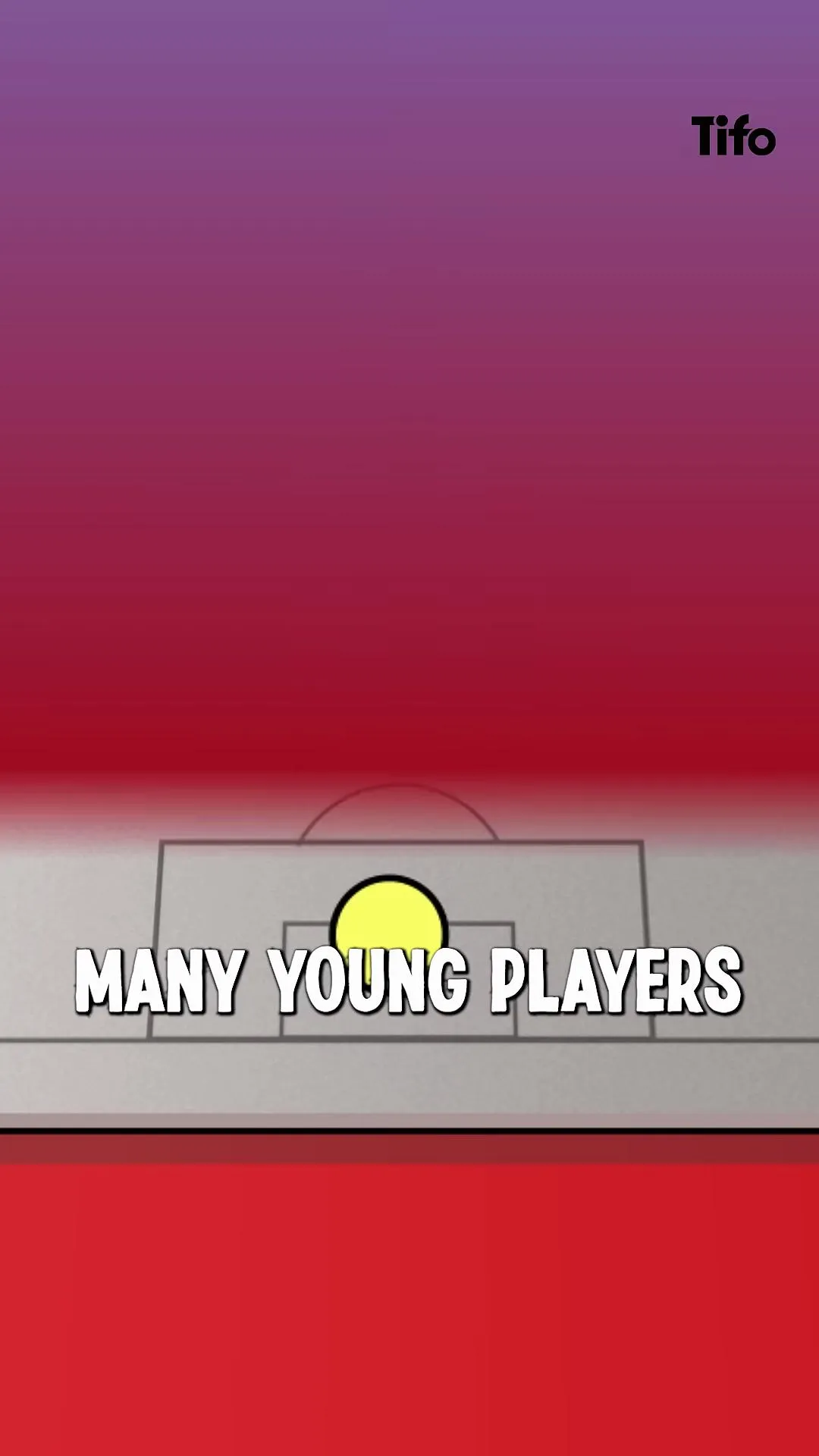The 4-4-2 formation is one of the most recognized structures in football, synonymous with traditional tactics and celebrated by teams throughout history. Have you ever wondered why this formation was so successful for teams like Diego Simeone’s Atlético Madrid and Leicester City, who clinched championships using it? While the simplicity of the 4-4-2 formation made it a staple in the game, it has seen a decline in modern football. What are the reasons behind this shift, and how does it stack up against contemporary formations? Let’s dive deeper into the tactical intricacies of the 4-4-2 formation and explore its enduring legacy and the challenges it faces today.
The 4-4-2 Formation: A Tactical Overview
The 4-4-2 formation consists of four defenders, four midfielders, and two forwards. This classic setup has been a go-to choice for many coaches, particularly in the English Premier League. The layout is straightforward, allowing players to understand their roles quickly and facilitating effective team communication.
Strengths of the 4-4-2 Formation
One of the key strengths of the 4-4-2 formation is its simplicity. The roles within the system are clear, providing a solid backbone for teams. Here are some of the notable advantages:
- Easy Understanding: With defined roles for each player, even young athletes grasp the formation quickly.
- Defensive Stability: The four defenders provide a strong defensive line, making it difficult for opponents to penetrate.
- Flexibility: The midfield can be adapted to create a diamond shape, and the forward pairing can be staggered to include an advanced playmaker.
Weaknesses of the 4-4-2 Formation
Despite its advantages, the 4-4-2 formation has significant drawbacks, particularly against teams that employ a three-man midfield. Some of these weaknesses include:
- Midfield Disadvantage: With only two central midfielders, teams can find themselves outnumbered against formations like 4-3-3 or 4-2-3-1.
- Predictability: The formation can become predictable, allowing opponents to devise strategies to counteract it effectively.

Historical Significance of the 4-4-2 Formation
The 4-4-2 formation has played a crucial role in shaping football tactics over the years. It was the foundation for many successful teams, especially in the 1990s and early 2000s. Clubs like Manchester United and Newcastle United utilized this formation to great effect, leading to remarkable successes in domestic and European competitions.
Iconic Teams and Managers
Several managers have become synonymous with the 4-4-2 formation:
- Sir Alex Ferguson: Utilized 4-4-2 to help Manchester United dominate English football.
- Diego Simeone: Employed it effectively with Atlético Madrid to win La Liga, showcasing its defensive capabilities.
- Claudio Ranieri: Used the formation to lead Leicester City to an unexpected Premier League title in 2016.
Case Study: Leicester City
Leicester City’s title-winning campaign in 2015-2016 is a prime example of the 4-4-2 formation‘s effectiveness. The team relied on a solid defensive base and rapid counter-attacks, exploiting the spaces left by opponents.
Modern Adaptations of the 4-4-2 Formation
Even as football evolves, the 4-4-2 formation has seen adaptations. Managers have tweaked the classic setup to maintain its relevance. Here are a few modern variations:
- Diamond Midfield: This variation enhances control in the center of the pitch.
- Staggered Forwards: One forward drops deeper to facilitate playmaking, adding creativity to the attack.

Key Takeaways for Coaches and Players
Understanding the 4-4-2 formation is vital for both new and experienced players. Coaches should consider the strengths and weaknesses of this formation when planning their tactics. Here are some key takeaways:
- Ensure players are well-versed in their roles to maximize the formation’s potential.
- Adapt the formation to suit the strengths of your squad and the weaknesses of your opponents.
- Be prepared to switch to a more modern formation if the opposition employs a dominant midfield structure.
Conclusion: The Legacy of the 4-4-2 Formation
The 4-4-2 formation has carved out a significant place in football history. While newer formations like 4-3-3 and 4-2-3-1 have become more prevalent, the classic 4-4-2 remains a valuable tool for coaches and players. Its simplicity, defensive strength, and adaptability continue to inspire teams worldwide. Whether it’s the tactical genius of Sir Alex Ferguson or the defensive prowess of Diego Simeone, the legacy of the 4-4-2 formation will endure, reminding us of the beauty of traditional football strategies amidst the ever-evolving game.
